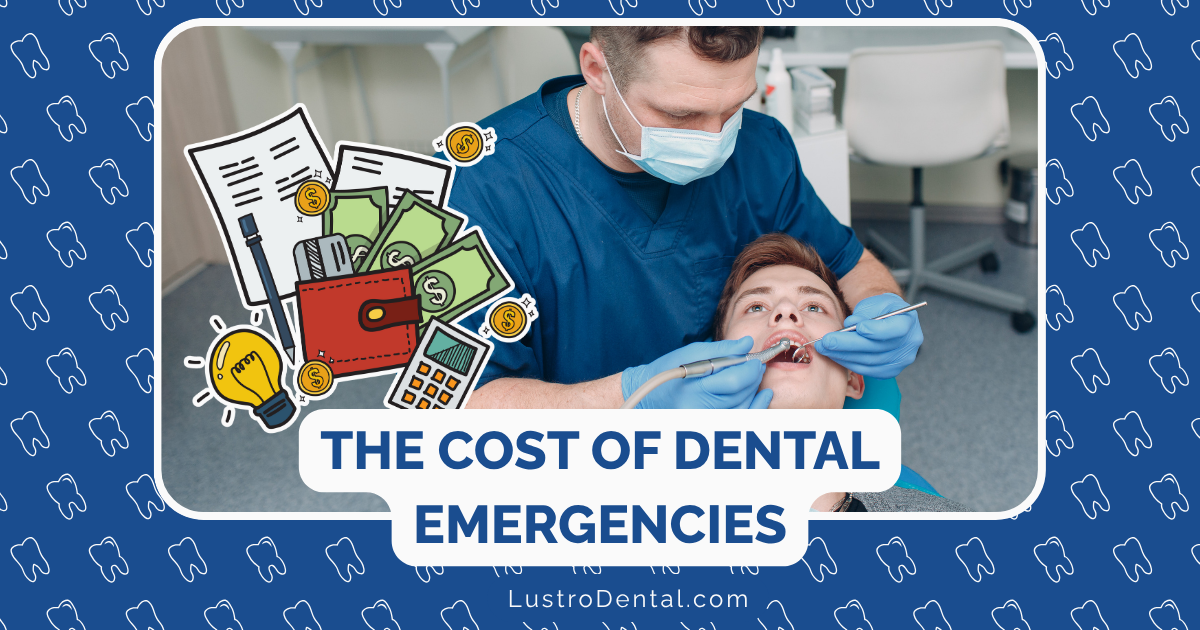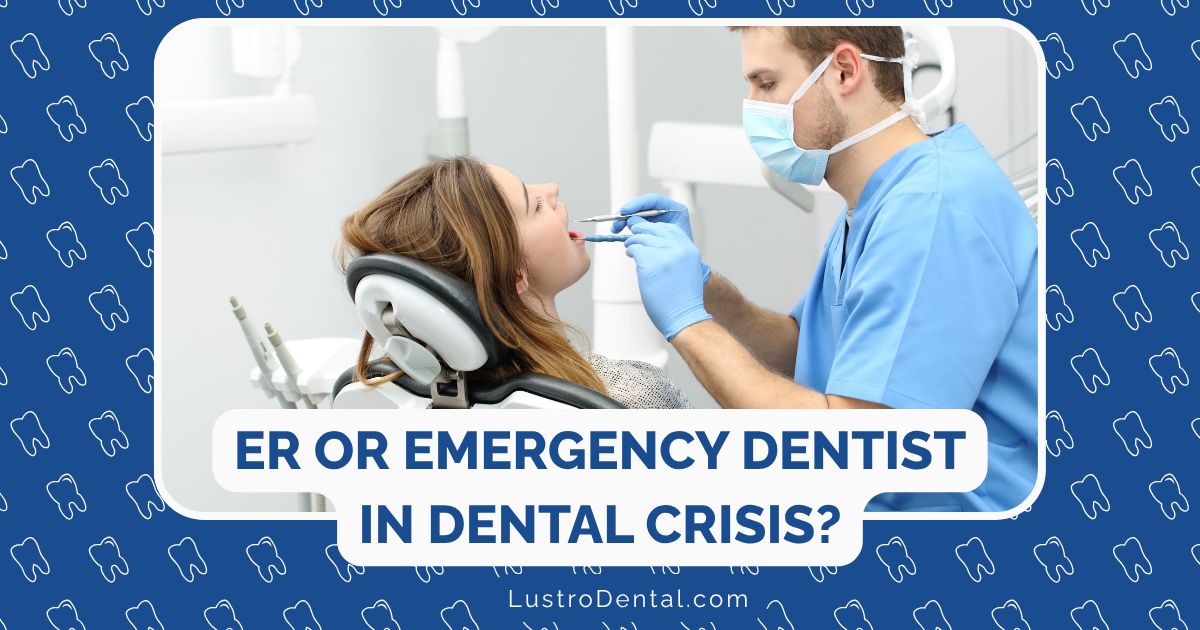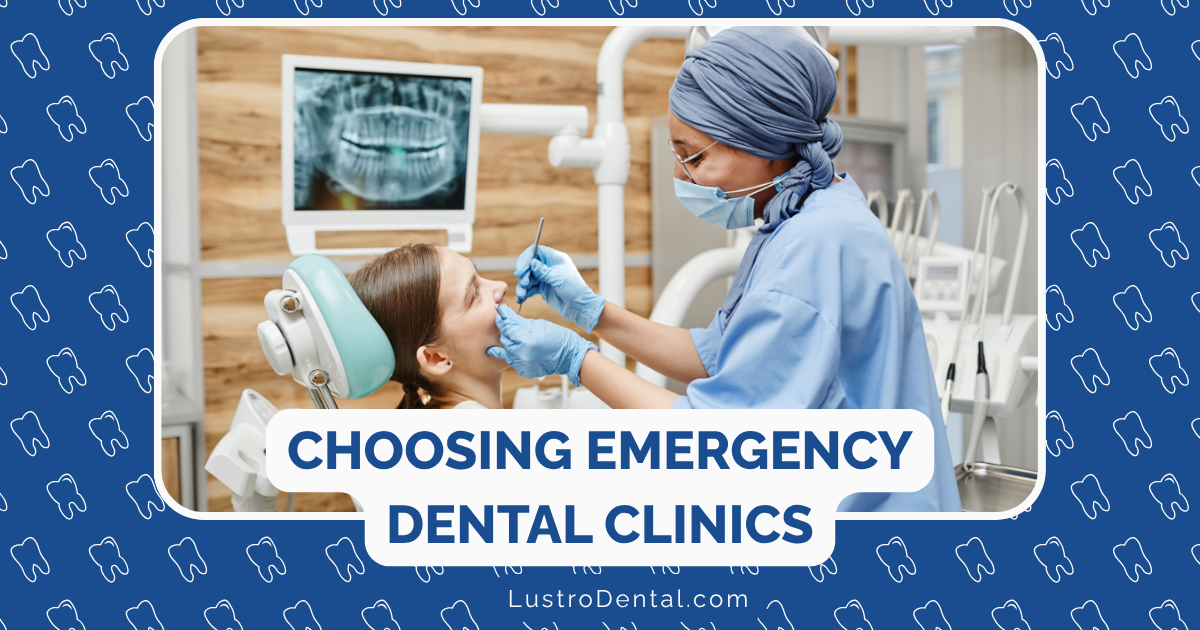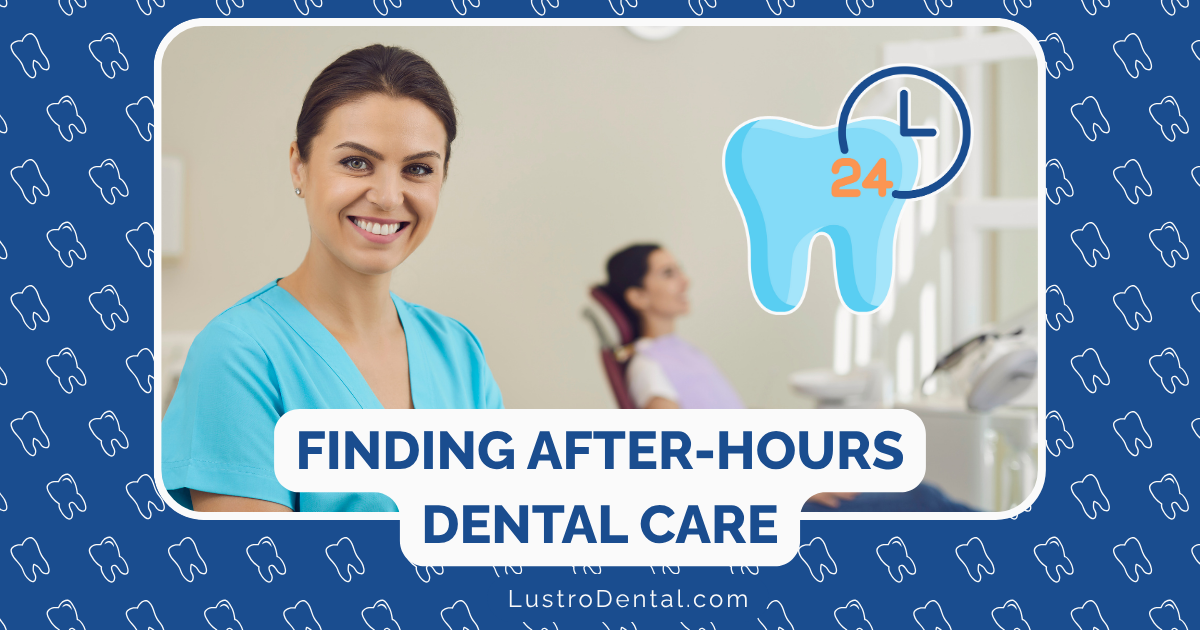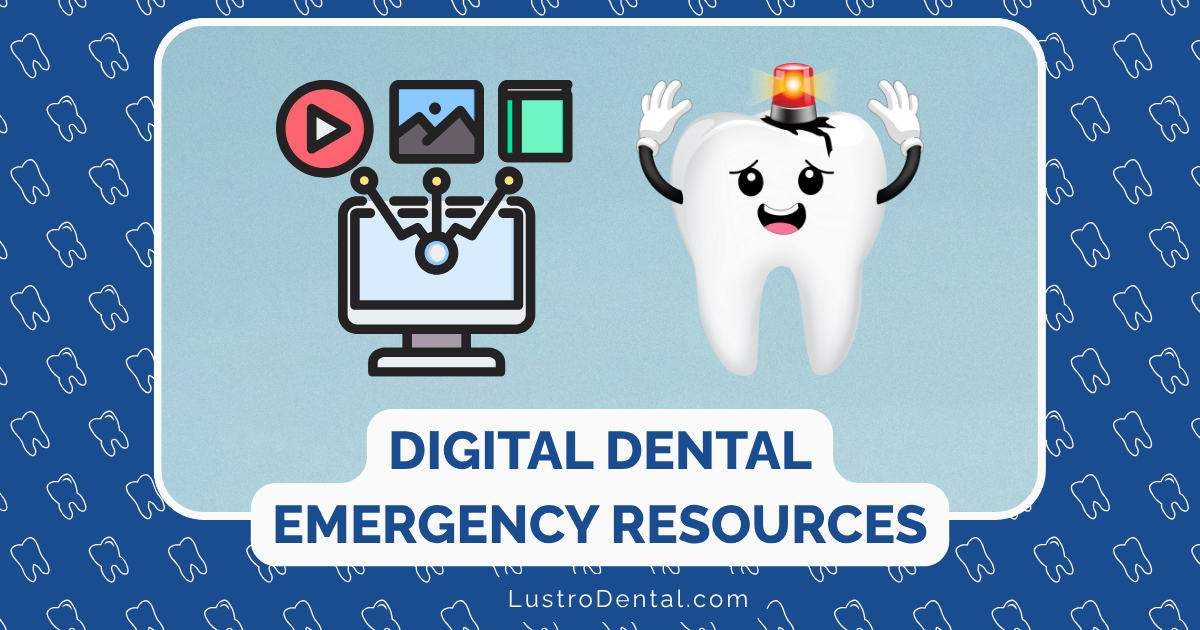DIY Dental Repairs: What’s Safe and What’s Dangerous
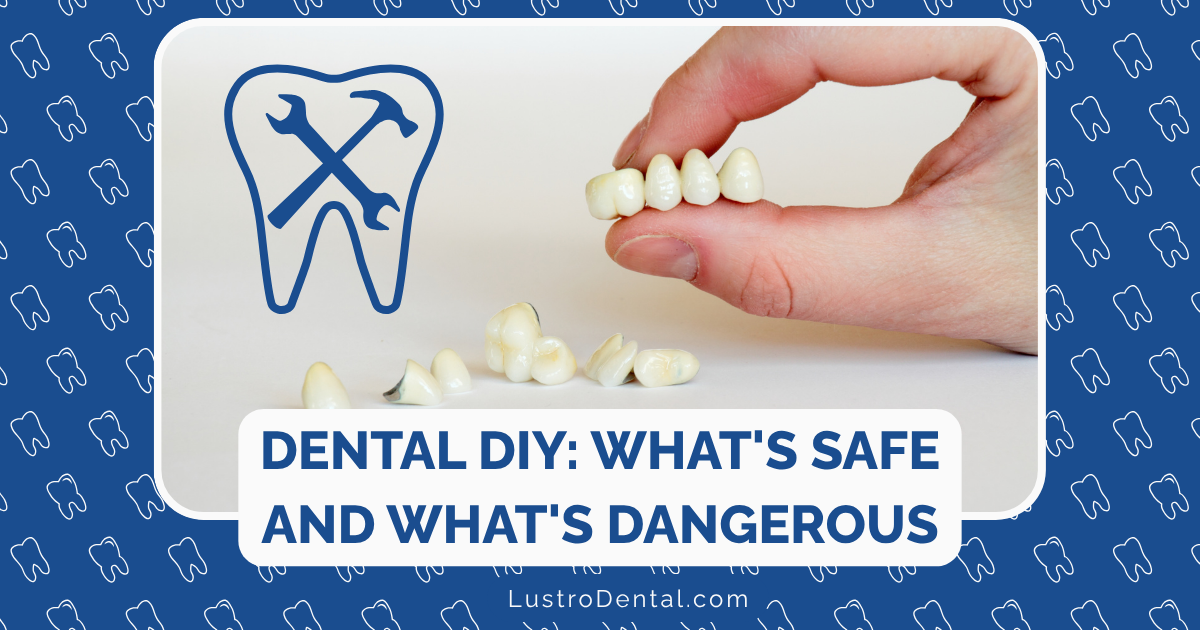
I’ve seen it countless times in my practice – that look of sheepish admission when a patient confesses they tried to fix their dental problem at home. Whether it was supergluing a broken crown, filing down a sharp edge with an emery board, or attempting to fill a cavity with temporary materials, the motivation is usually the same: pain, fear of cost, or simply not having time to schedule an appointment.
I get it. Dental emergencies rarely happen at convenient times. But as someone who’s passionate about helping people maintain their oral health, I need to have an honest conversation with you about DIY dental repairs – because some temporary solutions can help in a pinch, while others can lead to serious, sometimes irreversible damage.
Why People Turn to DIY Dental Solutions
Before diving into what’s safe and what’s not, let’s acknowledge why DIY dentistry has become increasingly popular:
- Cost concerns: According to the American Dental Association, nearly 1 in 3 Americans lack dental insurance, making professional care seem financially out of reach.
- Convenience: Finding time for a dental appointment can be challenging with busy schedules.
- Anxiety: Dental fear affects approximately 36% of the population, with 12% experiencing extreme dental anxiety, according to the Journal of Dental Hygiene.
- Pandemic aftermath: COVID-19 created backlogs at many dental practices, making appointments harder to secure.
- Online influence: Social media “dental hacks” make DIY solutions look deceptively simple and effective.
While these reasons are understandable, they don’t change the biological and anatomical realities of dental health. Let’s explore what temporary measures might be reasonable in an emergency, and which ones should be avoided at all costs.
Safe Temporary Measures for Dental Emergencies
1. Over-the-Counter Temporary Filling Materials
What they are: Products like Dentemp, available at most pharmacies, contain zinc oxide-based materials designed to temporarily fill a lost filling or small cavity.
When they’re appropriate: These can be reasonable short-term solutions when:
- You’ve lost a filling or have a small cavity
- You’re experiencing mild discomfort (not severe pain)
- You have an appointment scheduled within a few days
How to use them safely:
- Follow package instructions exactly
- Ensure the area is clean and dry before application
- Don’t use them for more than 48 hours without seeking professional care
- Don’t use them if you have signs of infection (swelling, severe pain, fever)
Dr. Michael Lee, a dentist at University Dental Research Center, notes: “Temporary filling materials can prevent food impaction and reduce sensitivity while waiting for proper treatment, but they’re not formulated to address the underlying decay or to bond permanently to tooth structure.”
2. Dental Wax for Orthodontic Issues
What it is: Soft, pliable wax designed to cover sharp brackets or wires.
When it’s appropriate: This is a safe solution when:
- A bracket or wire is causing irritation to your cheek or gum
- You’re waiting for an orthodontic appointment
How to use it safely:
- Clean the area thoroughly before application
- Roll the wax into a small ball and press it gently over the sharp edge
- Replace it after eating
3. Clove Oil for Temporary Pain Relief
What it is: A natural essential oil containing eugenol, which has mild anesthetic and anti-inflammatory properties.
When it’s appropriate: For temporary pain management when:
- You’re experiencing mild to moderate tooth pain
- You’re waiting for a dental appointment
How to use it safely:
- Apply a very small amount to a cotton ball
- Gently place it near (not directly on) the affected area
- Use sparingly, as overuse can irritate gum tissue
- Don’t use it as a substitute for addressing the underlying problem
According to research published in the Journal of Dentistry, eugenol has documented analgesic properties, but should be used cautiously due to potential tissue irritation.
4. Salt Water Rinses
What they are: A simple solution of warm water and salt.
When they’re appropriate: These are safe for:
- Reducing mild inflammation
- Helping clean debris from a painful area
- Providing gentle relief after dental procedures
How to use them safely:
- Mix 1/2 teaspoon of salt in 8 ounces of warm water
- Gently rinse for 30 seconds and spit
- Repeat up to 3-4 times daily
A study in the International Journal of Dental Hygiene confirmed that salt water rinses can help reduce bacterial counts and provide temporary relief for minor gum inflammation.
Dangerous DIY Dental Practices to Avoid
Now, let’s talk about the practices that make dental professionals wince – approaches that might seem logical but can lead to serious complications.
1. Filing or Reshaping Teeth
Why people try it: To address a sharp edge, even out teeth, or attempt cosmetic changes.
Why it’s dangerous:
- Permanently damages enamel, which doesn’t regenerate
- Can expose dentin, leading to extreme sensitivity
- May create microfractures that lead to future breakage
- Often results in uneven wear patterns that affect your bite
Dr. Sarah Johnson of Advanced Dental Studies warns: “I’ve seen patients who filed down a ‘sharp edge’ only to end up needing a crown because they removed so much tooth structure that the tooth became vulnerable to fracture.”
2. DIY Orthodontics
Why people try it: To close gaps or straighten teeth without the cost of professional orthodontics.
Why it’s dangerous:
- Can cause rapid, unpredictable tooth movement
- Often leads to root resorption (shortening of tooth roots)
- May cause permanent gum recession
- Can create bite problems that affect jaw joints and muscles
The American Association of Orthodontists has reported seeing a significant increase in patients requiring corrective treatment after attempting DIY teeth straightening, with some cases resulting in tooth loss.
3. Using Household Glues on Dental Restorations
Why people try it: To reattach crowns, veneers, or broken dentures.
Why it’s dangerous:
- Household adhesives contain toxic chemicals not designed for oral use
- Creates an uneven surface that collects bacteria
- Prevents proper professional repair later
- Can cause chemical burns to oral tissues
- May lead to allergic reactions
“Superglue contains cyanoacrylate, which releases formaldehyde as it cures – definitely not something you want in your mouth,” explains Dr. Robert Chen, toxicologist at Medical Safety Research Institute.
4. DIY Extractions
Why people try it: To relieve severe pain from a damaged tooth.
Why it’s dangerous:
- High risk of incomplete extraction, leaving root fragments
- Can cause excessive bleeding
- Often leads to serious infection
- May damage adjacent teeth or soft tissues
- Can create dry socket, a painful condition where the blood clot is lost
This is perhaps the most dangerous DIY dental procedure, with Emergency Medicine Journal documenting cases of life-threatening infections following amateur extractions.
5. Using Household Whitening Products
Why people try it: To whiten teeth using household items like lemons, baking soda, or hydrogen peroxide.
Why it’s dangerous:
- Acidic substances (like lemons) permanently erode enamel
- Abrasives (like baking soda) can wear away tooth structure
- Improper concentration of peroxide can burn gums and cause extreme sensitivity
- May lead to uneven whitening or blotchy appearance
Research published in the Journal of the American Dental Association has shown that DIY whitening methods often lead to enamel erosion, increased sensitivity, and gum irritation.
When Temporary Solutions Are Appropriate
Let’s be realistic – there are situations when you might need a temporary solution before you can see a dentist. Here’s a quick guide:
Safe Temporary Measures:
| Dental Issue | Safe Temporary Solution | How Long It’s Safe | When to Seek Professional Care |
| Lost filling | OTC temporary filling material | 1-3 days | As soon as possible |
| Loose crown | Temporary dental cement (from pharmacy) | 1-2 days | Within 48 hours |
| Orthodontic wire irritation | Dental wax | Until orthodontic appointment | Your next scheduled appointment |
| Mild tooth pain | Clove oil, salt water rinse | 1-2 days | If pain persists or worsens |
| Mild gum irritation | Salt water rinses | 2-3 days | If irritation worsens or bleeding occurs |
When to Seek Immediate Care:
No DIY solution is appropriate for:
- Severe pain that prevents eating or sleeping
- Facial swelling or swollen lymph nodes
- Fever accompanying dental pain
- Trauma resulting in loose or displaced teeth
- Bleeding that doesn’t stop with gentle pressure
- Pain that radiates to your ear, jaw, or neck
Creating a Dental Emergency Kit
Instead of resorting to potentially harmful DIY solutions, prepare for dental emergencies by creating a proper emergency kit. Include:
- OTC pain relievers (acetaminophen or ibuprofen)
- Dental wax for orthodontic irritations
- Temporary filling material from a pharmacy
- Temporary crown cement for loose crowns
- Dental floss for removing food trapped between teeth
- Oral antiseptic for minor irritations
- Cold compress for swelling or trauma
- Your dentist’s emergency contact information
The American Dental Association recommends having these items on hand, particularly if you’re traveling or have a history of dental issues.
The Cost Perspective: DIY vs. Professional Care
Many turn to DIY solutions to save money, but this approach often backfires financially. Consider this cost comparison:
| Dental Issue | DIY “Solution” | Potential Complication | Original Treatment Cost | Cost After DIY Complications |
| Small cavity | Temporary filling used long-term | Decay progresses to need root canal | $150-300 filling | $1,000-1,500 root canal + crown |
| Crooked teeth | DIY orthodontics | Gum recession, loose teeth | $3,000-7,000 braces/aligners | $5,000-20,000 for periodontal surgery, implants |
| Broken crown | Household glue | Decay under crown, infection | $800-1,500 new crown | $1,000-1,500 root canal + new crown |
| Sharp tooth | Filing with emery board | Fractured tooth requiring extraction | $150-300 professional smoothing | $3,000-5,000 implant to replace tooth |
Dr. Lisa Wong, dental economist at Dental Financial Institute, notes: “The most expensive dental treatment is often the one needed to fix a problem that was inappropriately treated in the first place.”
Affordable Alternatives to DIY Dentistry
If cost concerns are driving you toward DIY solutions, consider these legitimate alternatives:
- Dental schools: Receive care from supervised students at 30-50% less than private practice fees. Find accredited programs through the Commission on Dental Accreditation.
- Community health centers: Federally qualified health centers offer sliding scale fees based on income. Locate centers through the Health Resources and Services Administration.
- Dental savings plans: Not insurance, but membership programs offering 10-60% discounts on dental services for an annual fee.
- Payment plans: Many dentists offer interest-free payment plans for necessary treatment.
- Charitable programs: Organizations like Dental Lifeline Network provide care to eligible patients with financial needs.
Final Thoughts: The Psychology of DIY Dental Care
As someone who’s worked with patients across all demographics, I understand the complex feelings around dental care. Fear, embarrassment, financial worry, and past negative experiences can all drive people toward DIY solutions.
If you’re considering a DIY dental repair, ask yourself:
- Am I doing this because of anxiety about seeing a dentist?
- Am I concerned about judgment for waiting to seek care?
- Am I worried about the cost of professional treatment?
These are all valid concerns that deserve compassionate attention. Most dental professionals understand these barriers and want to help you overcome them rather than judge you for past dental decisions.
Remember that dentistry has evolved significantly – modern techniques prioritize comfort, prevention, and preservation of natural tooth structure. The right dental provider will focus on solutions, not shame.
Have you ever tried a DIY dental solution? What was your experience? Share in the comments below – your story might help someone else make a better decision for their dental health.
Disclaimer: This article is for informational purposes only and does not constitute professional dental advice. Always consult with a qualified dental professional regarding any dental concerns.


